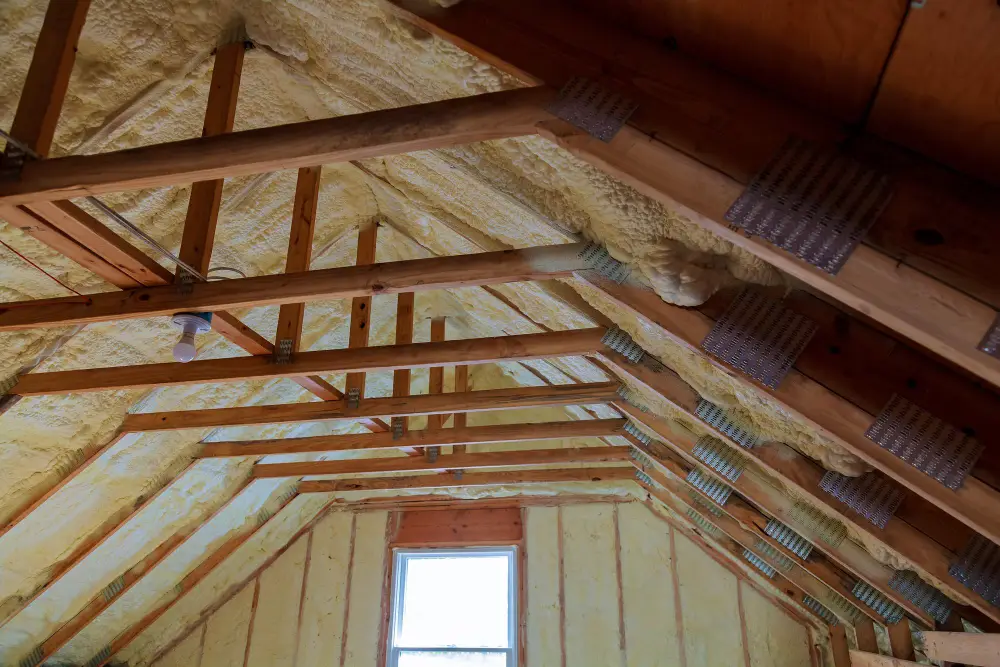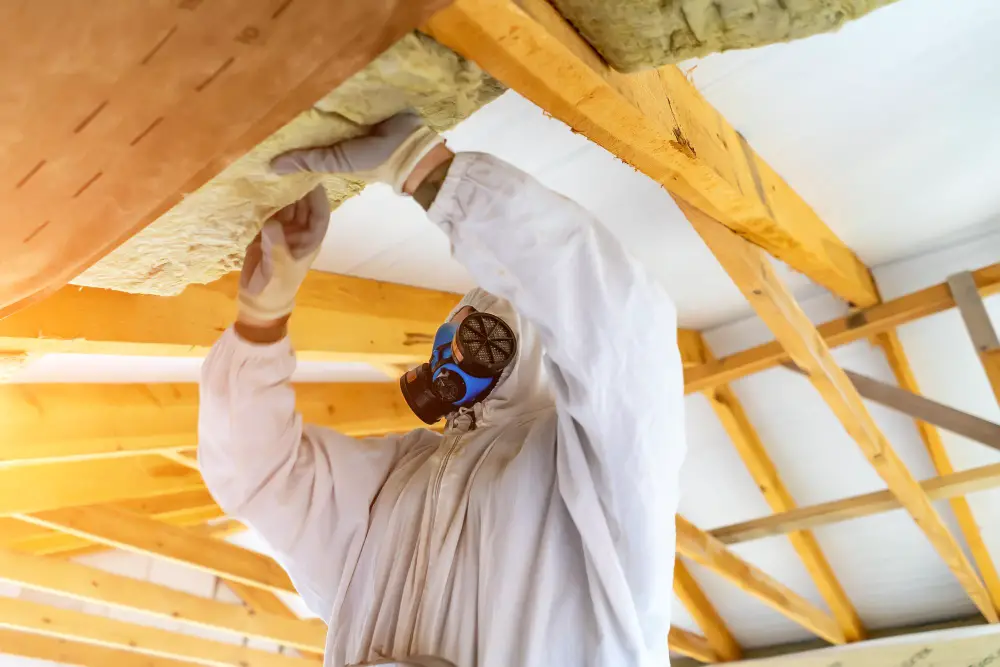Last updated on
Attic insulation plays a crucial role in maintaining energy efficiency, comfort, and indoor air quality in your home. Whether you’re considering adding insulation to your attic for the first time or upgrading your existing insulation, there are several important factors to consider before getting started.
In this blog, we’ll discuss everything you need to know before going for attic insulation to ensure a successful and effective insulation project.
What's Inside
Assess Your Current Insulation

Before adding or upgrading attic insulation, it’s essential to assess the current insulation levels and condition in your attic. Determine the type of insulation currently installed, its R-value (a measure of thermal resistance), and whether it’s sufficient for your climate and energy efficiency goals.
Consider factors such as insulation gaps, compression, moisture damage, and pest infestations that may affect the performance of your existing insulation.
Understand Insulation Types
There are several types of insulation materials available for attic insulation, each with its own advantages, disadvantages, and suitability for different applications. Common types of attic insulation include fiberglass batts, blown-in cellulose or fiberglass, spray foam insulation, and rigid foam boards.
Research and compare the characteristics, R-values, installation methods, and cost-effectiveness of each insulation type to determine the best option for your attic.
Determine the Desired R-value

The R-value of insulation measures its ability to resist heat flow, with higher R-values indicating greater thermal resistance. Determine the desired R-value for your attic insulation based on your climate zone, local building codes, and energy efficiency goals.
Insulation requirements vary depending on factors such as attic space, roof type, and HVAC system efficiency, so consult with a professional insulation contractor to determine the appropriate R-value for your attic.
Consider Air Sealing
In addition to insulation, proper air sealing is essential for maximizing energy efficiency and preventing air leakage in your attic. Identify and seal air leaks, gaps, and penetrations in the attic floor, walls, and ceiling to minimize heat loss and drafts.
Common areas for air sealing include around plumbing and electrical penetrations, attic hatches, recessed lighting fixtures, and ductwork. Combining air sealing with insulation ensures a comprehensive approach to improving attic energy performance.
Consider Ventilation and Moisture Control
Proper attic ventilation and moisture control are essential for preventing condensation, mold growth, and structural damage in your attic. Ensure that your attic has adequate ventilation through soffit vents, ridge vents, gable vents, or mechanical ventilation systems to promote air circulation and prevent moisture buildup.
Address any existing moisture issues, such as roof leaks or plumbing leaks, before installing insulation to avoid trapping moisture in the attic.
Evaluate Cost and Return on Investment
Before proceeding with attic insulation, evaluate the cost of insulation materials, labor, and additional components such as air sealing and ventilation upgrades. Consider the potential energy savings, increased comfort, and long-term benefits of attic insulation in terms of return on investment.
While attic insulation may require upfront investment, it can result in significant energy cost savings, improved home comfort, and increased resale value over time.
The Takeaway
Attic insulation is a valuable investment that offers numerous benefits, including improved energy efficiency, indoor comfort, and indoor air quality.
By assessing your current insulation, understanding insulation types, determining the desired R-value, considering air sealing, hiring a professional contractor, addressing ventilation and moisture control, and evaluating cost and return on investment, you can make informed decisions and ensure a successful attic insulation project.




